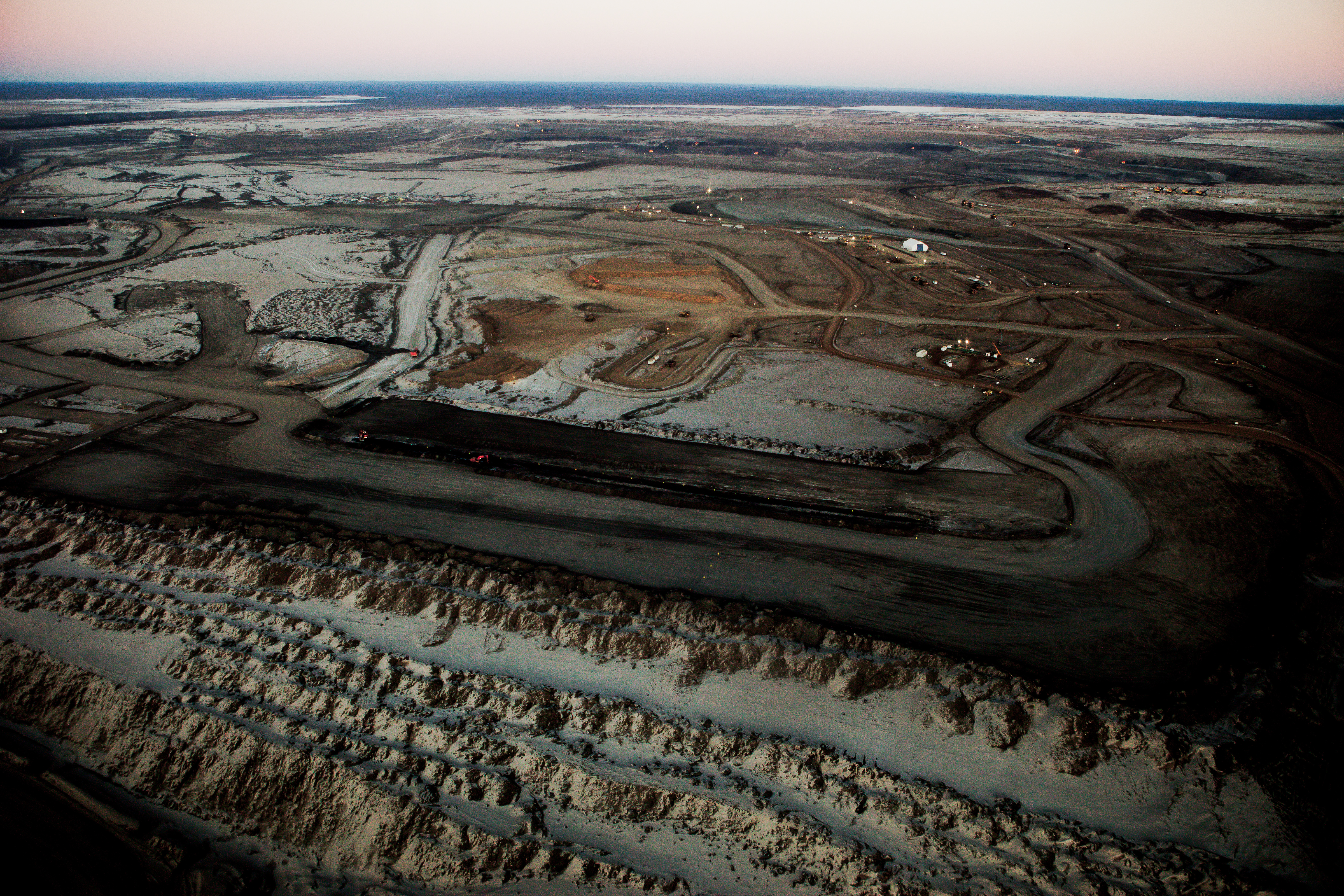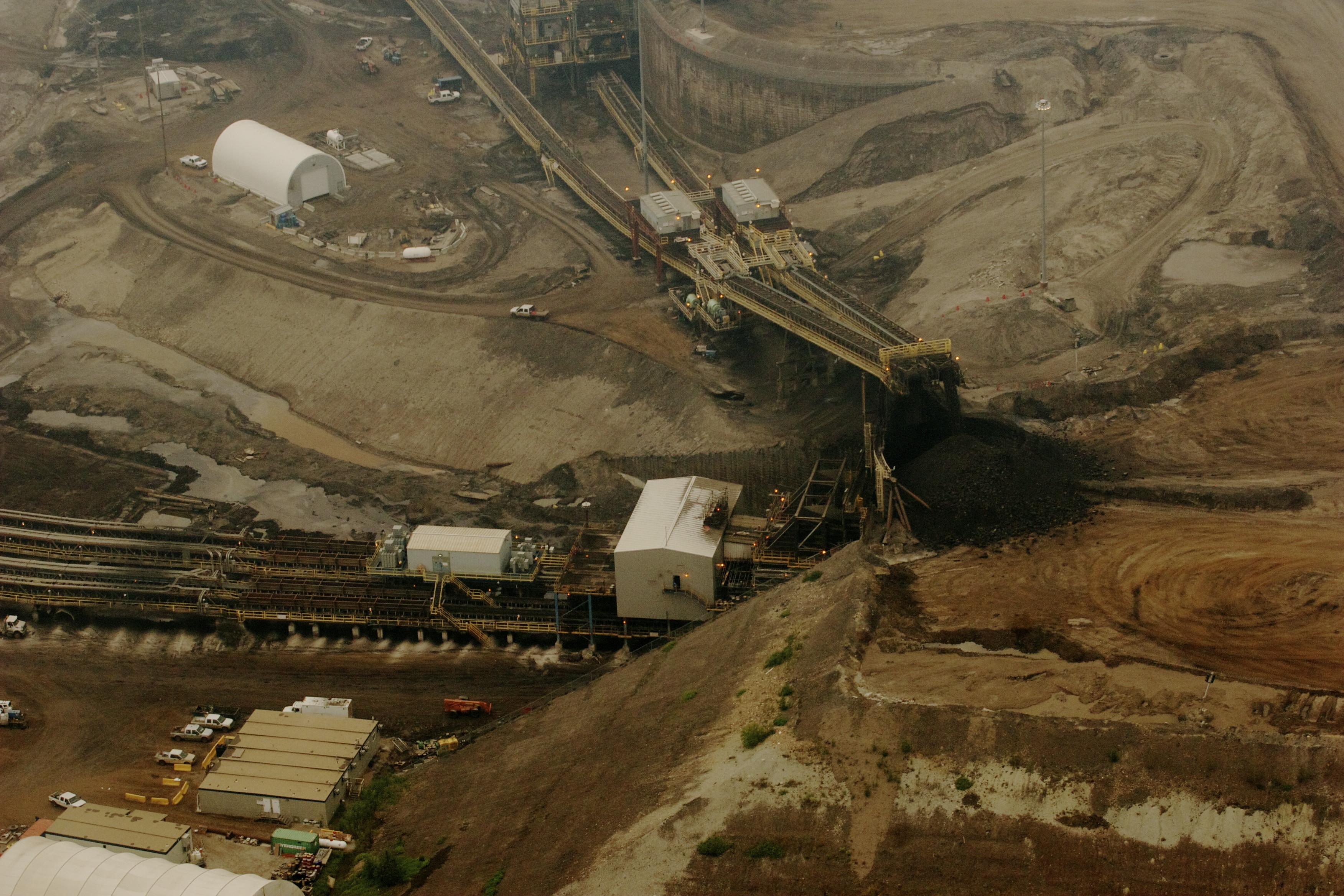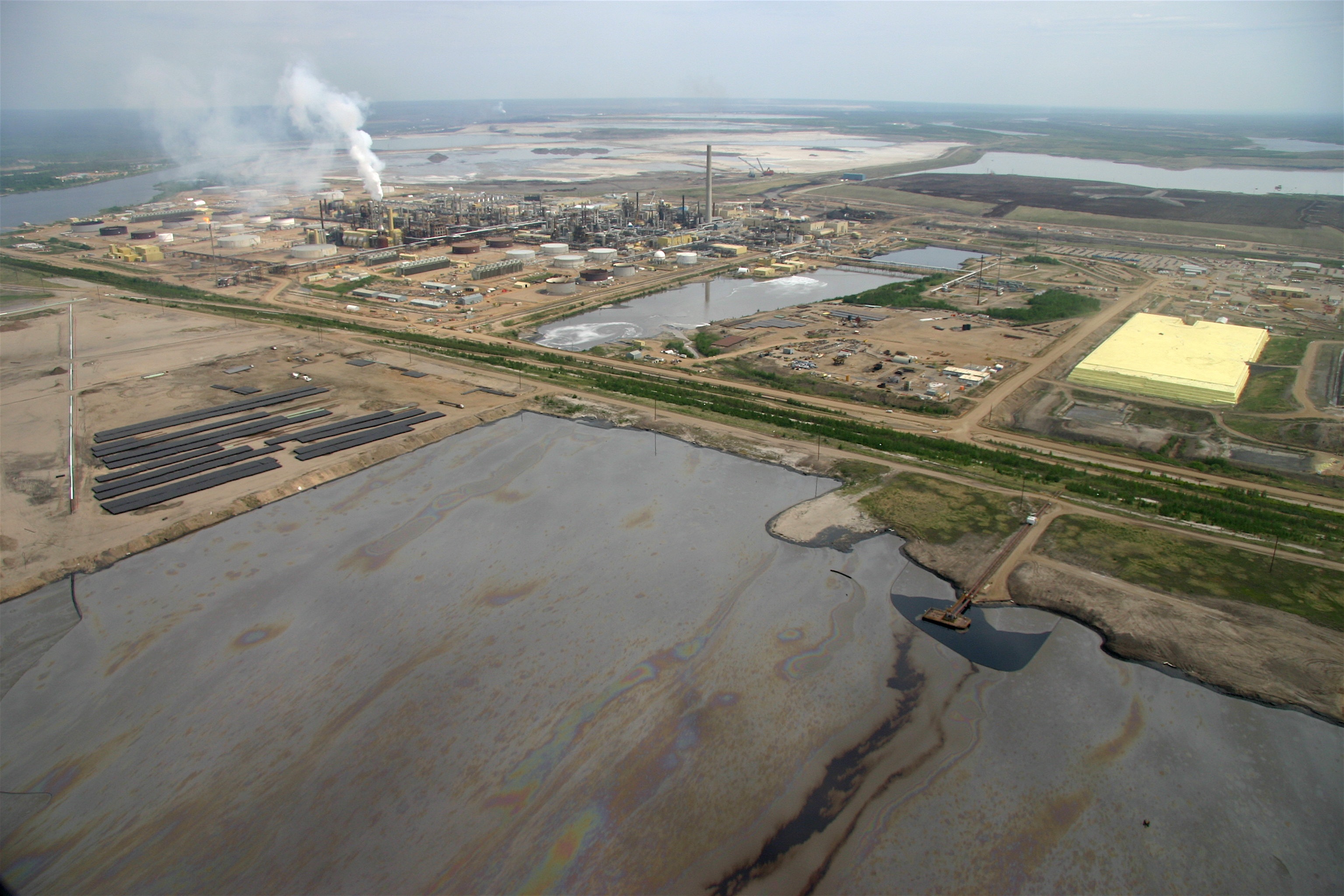The tar sands are a toxic wasteland that shall poison our nation
“In short, it is an enterprise of epic proportions, akin to the building of the pyramids or China’s Great Wall. Only bigger,” said former prime minister Stephen Harper back in 2006, as he vividly discussed the development of the tar sands.

It’s now almost a decade later, and the surrounding forest is disappearing, as the process of industrialization has spread like a deadly virus. The animals are diseased and the river has been exposed to toxic pollutants. The air now carries a pungent odor, as noxious fumes fill the atmosphere and plumes of vapor block out the sun.
The thirst for oil has undoubtedly transformed the landscape of northern Alberta. As a Canadian, I strongly oppose the development of the tar sands and I’m quite frankly ashamed we have allowed these nefarious operations to continue onwards.
You may be wondering ‘What the hell are these so called tar sands?,’ sometimes referred to as ‘oil sands.’ According to the Canadian Association of Petroleum Producers, Alberta has some of the largest deposits of bitumen, a type of crude oil that is trapped within the sandy soil. Bitumen is a gooey substance that shares a similar texture to molasses, and requires various chemical processes to separate the oil from the sand—hence the name tar sands.

According to an article published by The Globe and Mail in 2014, the size of the tar sands is 140,000 square kilometers, and only 4,750 square kilometers are mineable. The development can now be seen from space, as parts of the boreal forest have been decimated due to operations in the region, as mentioned in the same article. Most of the extracted oil is consumed domestically, with 1.5 million barrels consumed per day, while the rest of the oil heads mainly to the U.S., according to the same article.
This data highlights our grotesque addiction to oil.
The development has heavily impacted the indigenous communities living around the Athabasca River. An article published by the Vancouver Observer revealed that Health Canada warned several communities living downstream of the tar sands that there were toxins present in the animals. Testing revealed that fish contained abnormally high levels of mercury, meanwhile wild game contained high levels of arsenic. This inevitably led several communities to stop eating wild game, forcibly altering their traditional way of life. The same article also mentioned how many community members have developed rare forms of cancer, leading many in the community to speculate there exists a link between the tar sands and these diseases.
Immediately after the article was released, the then Health Minister Rona Ambrose refused to comment on the matter. In my opinion, this demonstrates the level of devotion the Conservatives had towards the development of the tar sands. Throughout Harper’s dark reign over our country, he notoriously endorsed the Keystone pipeline proposal that would see millions of litres of crude oil transferred across the border.
We have yet to see the true consequences of the tar sands here in Canada, although for reference we can look towards the incident regarding the Kalamazoo River. In 2010, a Canadian pipeline carrying diluted bitumen spilled into the tributaries of the Kalamazoo River in Michigan. Over the course of 17 hours, roughly 3.3 million litres of crude spilled from the pipeline, before the company Enbridge shut off the flow, according to the CBC.

The diluted bitumen behaves very differently from refined oil, and sinks in water, making cleanup efforts extremely difficult, according to the same report. The entire spill costs almost US$1.27 billion according to EcoWatch, meaning that it was the most expensive inland oil spill in U.S. history.
With the new Liberal government coming into power, it is unclear which path they shall take in addressing this very contentious issue. Catherine McKenna, the Minister of Environment and Climate Change, was in Paris for the climate talks, but hasn’t publicly addressed the government’s policy towards the tar sands.
Can we not learn from these horrible mistakes? Can we not see the tar sands spell disaster in capital letters written bold? The region has become a toxic blemish on our beautiful landscape, altering the ecosystem and indigenous communities’ way of life. Our nation may be filled with desirable resources, ready to be exploited, but at what cost?



